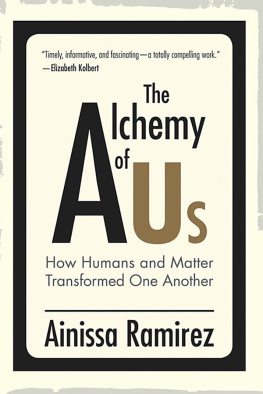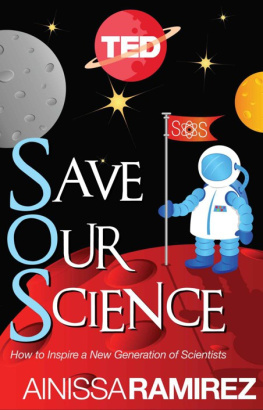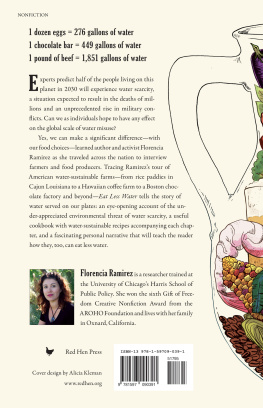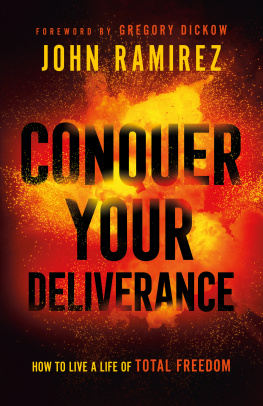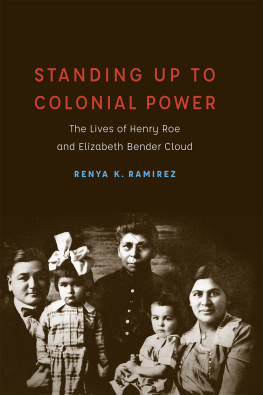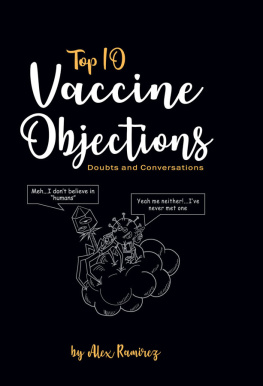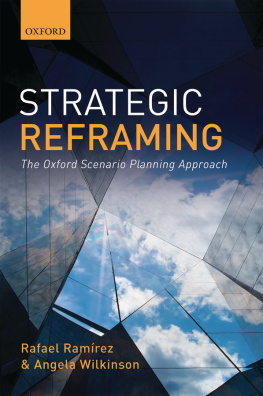
The Alchemy of Us
The Alchemy of Us
How Humans and Matter Transformed One Another
Ainissa Ramirez
The MIT Press
Cambridge, Massachusetts | London, England
2020 Ainissa Ramirez All rights reserved. No part of this book may be reproduced in any form by any electronic or mechanical means (including photocopying, recording, or information storage and retrieval) without permission in writing from the publisher. This book was set in ITC Stone Serif Std and ITC Stone Sans Std by Toppan Best-set Premedia Limited. Printed and bound in the United States of America. Library of Congress Cataloging-in-Publication Data Names: Ramirez, Ainissa, 1969 author. Title: The alchemy of us : how humans and matter transformed one another / Ainissa Ramirez. Description: Cambridge, Massachusetts : The MIT Press, 2020. | Includes bibliographical references and index. Identifiers: LCCN 2019029157 | ISBN 9780262043809 (hardcover) Subjects: LCSH: MaterialsHistoryPopular works. | InventionsHistoryPopular works. | TechnologySocial aspects Popular works. Classification: LCC TA403.2 .R36 2020 | DDC 620/.11dc23 LC record available at https://lccn.loc.gov/2019029157 10 9 8 7 6 5 4 3 2 1
For my mother and grandmother.
All that you touch You Change. All that you Change Changes you
Octavia E. Butler
Contents
How better clocks, made possible by small metal springs and vibrating gems, helped us keep time, but also made us lose track of something precious.How steel stitched the country together with rails, but also how steel helped to manufacture culture.How telegraph wires of iron and later copper gave rise to rapid forms of communication, and how these wires shaped informationand meaning.How photographic materials captured us in visible and invisible ways.How carbon filaments pushed back the darkness to help us see, but also veiled our eyes from viewing the impact of its overabundance.How magnetic bits of data made it possible to share, but also made it difficult to stop what is being shared about us.How scientific glassware helped us discover new medicines and helped us discover the secret to our electronic age.How the creation of rudimentary telephone switches ushered in silicon chips for computers, but also rewired our brains.
Introduction
Ever since I was four I wanted to be a scientist, which made me an unusual little girl in my corner of New Jersey. I was an inquisitive youngster who wanted to know why the sky was blue, why leaves changed color, and why snowflakes had six sides. With this perpetual curiosity, I eventually got the idea of becoming a scientist from watching television shows during the late seventies and eighties. Back then, I loved programs like Star Trek (with Spock), The Bionic Woman , and The Six Million Dollar Man , but the show that solidified my path toward science was a public television show called 3-2-1 Contact . One of the repeating segments had a young African American girl solving problems, and when I saw her using her brain, I saw my reflection.
Science in my childhood was full of fun and wonder. Years later, however, my dreams of becoming a scientist nearly flatlined, as I sat in a science lecture hall with tears welling up in my eyes. The science lectures were far from being any fun or bringing any wonder. In fact, these classes were dry and the lessons were designed to weed out students. Chemistry courses were prescribed cookbooks; engineering exercises examined the steam engine; and math instruction was unmotivated. I knew these subjects were better than how they were being taught, and I suffered through with the help of mentors, tutors, and many hours in the library. Fortunately, I found a major that returned my wondera little-known field called materials science, where I learned that everything in our world is the workings of atoms.
Materials science is a bit like my home state of New Jersey, because it is wedged between two more well-known entities. For New Jersey, they are New York City and Philadelphia. For materials science, they are chemistry and physics, and just like New Jersey, materials science has not been able to make a case for itself of how great it is on its own. If there were no City of Brotherly Love or Big Apple, New Jersey would have been a fine and respectable state. It might have done well if it was located somewhere west, like next to Iowa, for New Jersey has its own history, its own culture, and certainly its own attitude. But the Garden State is overshadowed by its overpowering neighbors. The same holds for materials science.
Despite my penchant for unappreciated states and science majors, I loved materials science, in part because my college professor at Brown said something that blew me away. The reason why we dont fall through the floor, the reason why my sweater is blue, and the reason why the lights work is because of the way that atoms interact with each other, said Professor L. Ben Freund. And if you can find out how they do that, you can also change the way that atoms act to make them do new things. After he said that, I looked at everything around me in a new light. I stared at my pencil, which was able to make a mark because layers of carbon atoms slid over each other. I looked at my glasses, which helped my wretched eyes see, because the glass bent light to my distant retinas. I looked down at the rubber in my shoes, which brought a springy comfort to my feet, because of the twisted and coiled molecules inside them. Atoms did all this. This guy was telling me something that made the whole world make sense to me. My wonder was back, but it took most of my undergraduate years to get in touch with it again. Had I been weeded out by those hard, introductory science courses, this opportunity could easily have been lost. When I graduated, I swore that I would do whatever I could to make sure that no one else suffered through science that way. This book is my attempt to fulfill that old promise.
Two decades later, long after I became a scientist, the idea for this book unexpectedly came to me. Here, as an adult, I was still fond of wonder, but I preferred the type that was part learning and part thrilling. Glassblowing fit that definition, so I signed up to take a few classes.
I was filled with awe in my glassblowing class, like when I watched my instructor, Ray, transform a clear lump into a galloping horse with a few short tugs. But I was also full of fear, like when Ray warned me that glass drips on the floor could melt a hole in the bottom of my shoe. Working with the glass, I gained a deeper appreciation for it than I had acquired in my studies. But soon I would learn something that I didnt expect.
One Wednesday night I arrived at my evening glassblowing class in a full-blown work funk. Usually, when I went to glass class, I treated the molten liquid with the utmost respect. As in every other class, I would dip my pipe into the vat, pull out a small dollop, blow a small golf-ball sized bubble, and shape a small vase. But during class that night, I didnt care to be so safe.
On that New England winter evening, I grabbed triple the amount of glass on the end of my pipe dripping some on the floor, and nearly maxing out my muscles. I didnt care. I puffed a bubble the length of two baseballs, and heated and shaped and heated and swung and heated and shaped. When my funk finally lifted, I noticed that this vase was one of the best specimens I had ever made. As I neared the final stages, I held my pipe with the vase inside the furnace, and struck up a conversation with a classmate. I began to think about other things besides my glass pieceand thats a big no-no.
As I chitchatted, the vase stayed in the furnace too long and came out an incandescent orange, hunching down at the end of my pipe. My pride for it evaporated. I spun the glass 180 degrees. But the vase countered by hunching down on its new lower side. I turned again. It hunched. I turned again. It hunched. I turned again. It hunched again. Sweat began to bead on the top of my lip.
Next page
